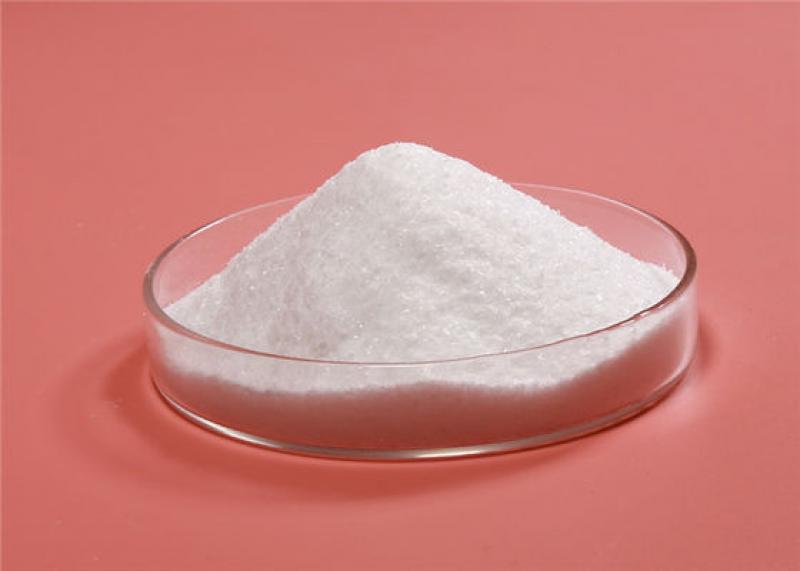Succinic Acid: Unleashing Nature's Miracles for Sustainable Chemistry and Bio-Based Industries
Succinic acid, also known as butanedioic acid, is a dicarboxylic acid with the chemical formula C4H6O4. It is a colorless, odorless solid that occurs naturally in various living organisms, including plants and animals. This versatile organic compound has garnered significant attention in recent years due to its various applications in different industries, ranging from food and pharmaceuticals to chemical manufacturing and bio-based materials.
Chemical Properties:
Succinic acid derives its name from Latin "succinum," which means amber. Historically, it was first isolated from amber in the 16th century. Today, it can be produced through various methods, including microbial fermentation, catalytic hydrogenation, and petrochemical processes. The compound is highly water-soluble and can form salts and esters, adding to its wide-ranging uses.
Applications in Food and Pharmaceuticals:
Succinic acid has found a prominent place in the food industry as a flavoring agent and acidulant due to its pleasant, slightly acidic taste. It is used in the production of food additives like monosodium glutamate (MSG) and as a pH regulator in beverages and dairy products. Additionally, succinic acid has demonstrated potential as a platform chemical for the synthesis of various pharmaceutical compounds, including antibiotics and antifungals.
Green Chemistry and Sustainable Technologies:
One of the most significant advantages of succinic acid is its potential as a renewable and sustainable resource. With the growing emphasis on green chemistry and reducing the carbon footprint, succinic acid has emerged as a key player. By employing bio-based production methods, using renewable resources such as agricultural waste and biomass, the production of succinic acid can significantly reduce greenhouse gas emissions compared to traditional petrochemical methods.
Polymer and Material Science:
Succinic acid serves as a vital building block in the production of biodegradable polymers like polybutylene succinate (PBS) and polybutylene succinate adipate (PBSA). These biopolymers have diverse applications, including packaging materials, disposable cutlery, and even medical devices. The advantage of using these biodegradable polymers lies in their eco-friendliness and reduced impact on the environment compared to conventional plastics.
Medical and Therapeutic Uses:
In the medical field, succinic acid has shown promise as a potential treatment for various ailments. It has antioxidant properties and has been studied for its neuroprotective effects in neurodegenerative diseases like Alzheimer's and Parkinson's. Additionally, succinic acid has been investigated for its anti-inflammatory and analgesic properties, making it a subject of interest in the development of new therapeutic agents.
Conclusion:
Succinic acid's journey from historical amber discovery to a modern, multi-faceted organic compound has been remarkable. With its wide range of applications spanning diverse industries, succinic acid has become a symbol of sustainability and innovation in the world of chemistry. As research continues, it is likely that more applications and benefits of this versatile compound will be unveiled, further cementing its significance in the field of science and technology.
